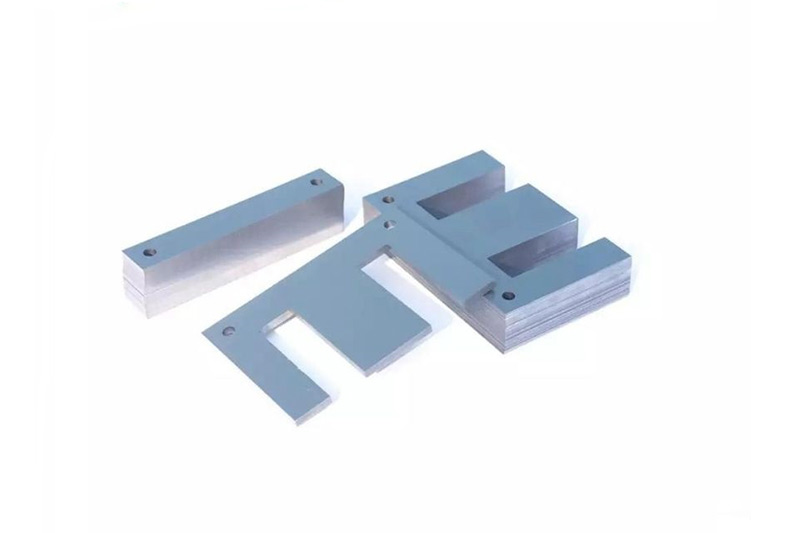Silicon Steel Laminations: The Backbone of Electromagnetic Devices
- 获取链接
- X
- 电子邮件
- 其他应用
Silicon steel laminations, also known as
electrical steel laminations, are crucial components in a wide range of
electrical and electronic devices. Made from silicon steel sheets, these
laminations play a fundamental role in enhancing the performance of
transformers, motors, generators, and other electromagnetic equipment.
Silicon steel is a ferrosilicon soft magnetic alloy with an extremely
low carbon content, typically around 0.08%, and a silicon content
ranging from 0.5% to 4.5%. The addition of silicon to iron brings about
several desirable properties. It significantly increases the resistivity
of the material, which is essential for reducing eddy current losses.
Eddy currents are induced currents that circulate within the core of an
electromagnetic device, causing energy dissipation in the form of heat.
By raising the resistivity, silicon steel laminations minimize these
losses, leading to more efficient operation.
Moreover, silicon addition boosts the maximum magnetic permeability of
iron. High magnetic permeability allows the material to easily magnetize
and demagnetize in response to an applied magnetic field. This property
is vital for devices like transformers, where efficient transfer of
electrical energy between coils relies on the core’s ability to carry
magnetic flux. Additionally, silicon helps in reducing the coercive
force, which is the amount of magnetic field required to demagnetize a
material. Lower coercive force means less energy is wasted in reversing
the magnetization of the core during operation.
The manufacturing process of silicon steel laminations involves multiple
steps. It starts with the production of silicon steel sheets through
either hot rolling or cold rolling. Hot rolled silicon steel laminations
are made by heating the steel billet and rolling it at high
temperatures. Cold rolled silicon steel laminations, on the other hand,
are produced by rolling the steel at room temperature after an initial
hot rolling process. Cold rolling offers better control over the sheet
thickness and surface finish, resulting in higher quality laminations.
After the sheets are produced, they are further processed. This may
include annealing to relieve internal stresses and improve magnetic
properties, stamping into specific shapes such as the common E and I
shapes for transformer cores, and applying an insulating coating. The
insulating coating is crucial as it prevents the formation of short
circuits between adjacent laminations, reducing the risk of increased
eddy current losses.
Silicon steel laminations find extensive applications in various
industries. In the power industry, they are used in the cores of power
transformers, which are essential for transmitting and distributing
electrical energy at different voltage levels. In the automotive
industry, they are used in electric motors for electric and hybrid
vehicles, as well as in alternators. In the electronics industry, they
are used in small transformers for power supplies in electronic devices.
In conclusion, silicon steel laminations are indispensable in modern
electrical and electronic engineering. Their unique combination of
magnetic and electrical properties, along with efficient manufacturing
processes, makes them the material of choice for applications where high
magnetic performance and low energy losses are required. As technology
continues to advance, the demand for high-quality silicon steel
laminations is expected to grow, driving further innovation in their
production and application.

- 获取链接
- X
- 电子邮件
- 其他应用
评论
发表评论